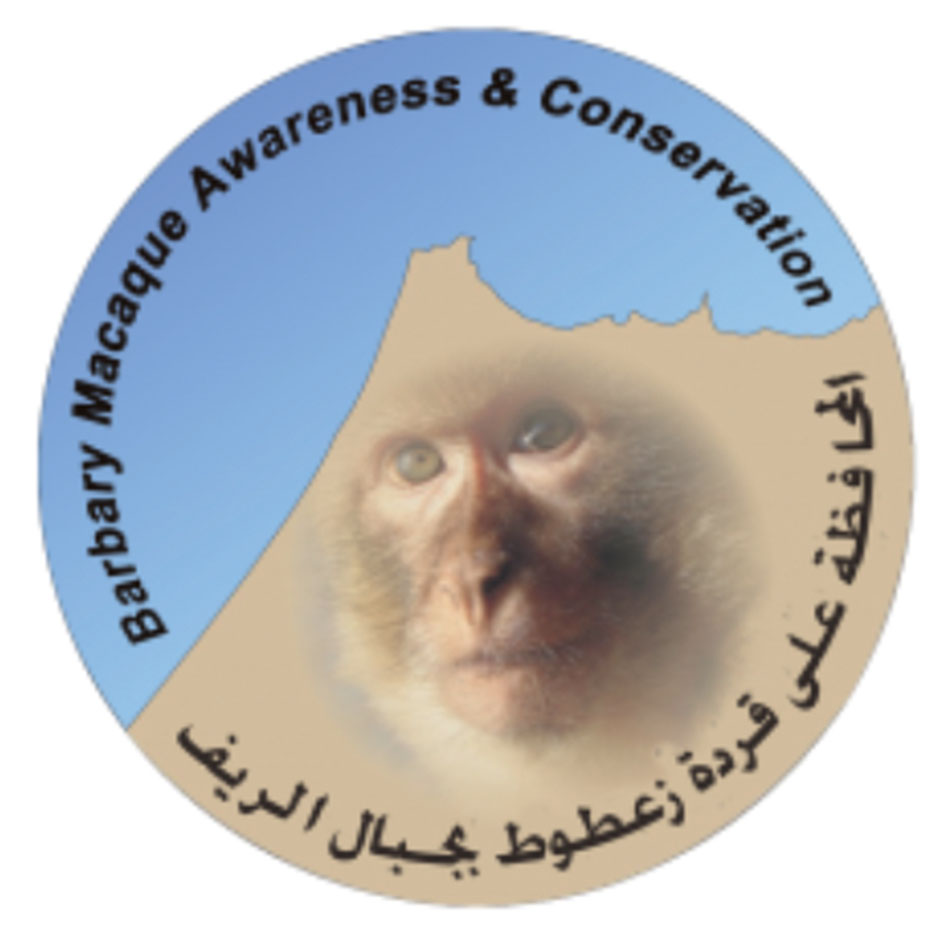Welcome to our fallow deer enclosure
You are in the middle of the home range of our herd of fallow deer!
‘Emil’ lives here. He is the stag of the herd, which mainly consists of females and the cute offspring born in summer! The fallow deer originally come from Asia Minor and southern Europe. Several centuries ago, it was introduced to other countries (Great Britain and Denmark) for hunting purposes. From there they found their way to Germany. Nowadays they roam freely in the German forests!
White spots for a lifetime
The best way to distinguish fallow deer from other deer species is by its reddish-brown summer fur. The adults also have white spots! The spotted fur provides camouflage when in the forest.
In winter, a thick grey-brown winter fur protects them from the cold, covering their trademark spots.

Autumn is mating season
The rutting season between mid-October and mid-November is very exhausting for fallow deer. The deer can lose up to a quarter of their body mass during this time.
To lure females to their rutting site, they roar up to 3,000 times per hour! They set up a ‘scented tent’ by digging a hollow in the ground with their hooves, urinating in it and rolling around. This intense scent attracts females while keeping competing males away.

Giving birth
About eight months after mating, females give birth to the calf in a safe place, separate from the herd.
Unlike humans, fallow deer mothers do not spend much time with their offspring. In fact, they only visit their young to feed them about 4-6 times a day.
This way the female minimizes the risk that the young will be spotted by a predator.

Odourless fawn
The new-born calf is perfectly camouflaged, has no odour and is completely motionless! Fascinatingly, it can walk after just 30 minutes. During the first 14 days of its life, it hides as the calf would not be fast enough to escape predators.
Immediately after birth, the mother licks the calf clean making it almost odourless, making it hard for predators to find.
Thanks to the spotted fur, it is perfectly camouflaged. After about two weeks, the calf and mother return to the herd, where the offspring is supervised by all members.

Vegetarian diet
Fallow deer are herbivores and feed on grass, leaves, twigs, and fruits.
The food is regurgitated and chewed. This microbial digestion enables the deer to perfectly utilize the plants, so no other food is necessary. The food source often becomes limited, so they then turn to tree bark which they casually nibble off.

Vocal, gestural and olfactory communication
Have you ever heard a fallow deer roar, meow, or bark? The fallow deer is a very social animal and communicates through smells, posture, and sounds.
The tail for example is used for communication. If it hangs down, they are relaxed. When in danger, the tail is lifted halfway. This is also called flagging. The deer exposes the white fur of its tail and backside. It is a clear signal to alert the rest of the herd that danger is imminent.

Shovel-shaped antlers
It takes several years for the antlers to reach their full size. Antlers are made of bone. Every year they are shed and regrown. Whilst they grow, the antler is supplied with blood by something called the ‘velvet’. In September the fallow deer antlers are fully grown, and the velvet dries out. Once the antlers have been cleaned by the stag, it is ready to combat in the upcoming rutting season.

After shedding the antlers, new ones are regrown.

Young bucks develop two spikes in their second year of life.

Every year after shed the antlers grows bigger.

After approximately 4 years the antlers reach its full, shovel-shaped size. It can weigh up to 3,5kg.






